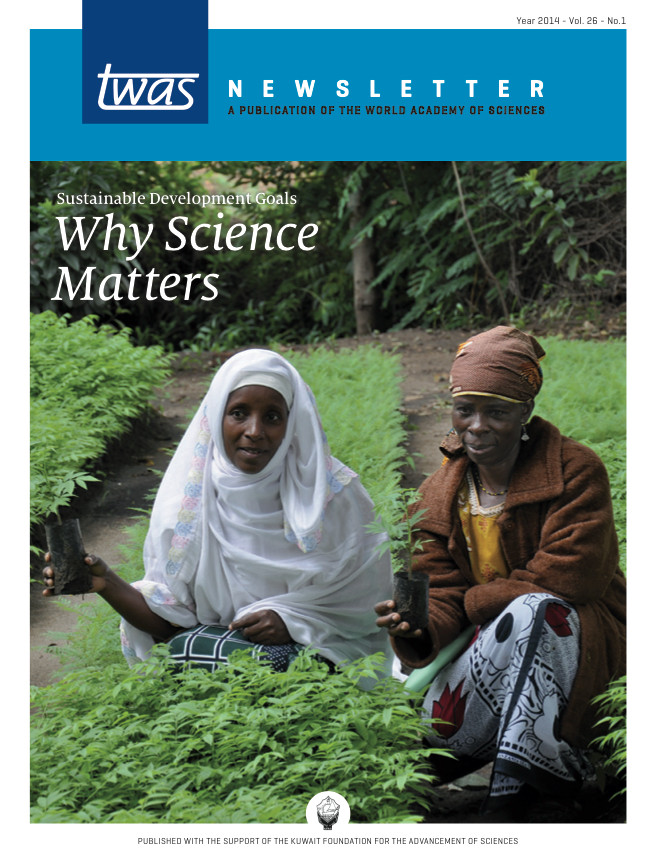 Development experts, scholars and policymakers have been working for more than a year to define the most profound challenges facing humanity and the Earth, and to chart a course toward solutions. The Sustainable Development Goals are the result, and now that a first draft has been released, a high-stakes global discussion is underway to refine the goals and the plans for achieving them.
Development experts, scholars and policymakers have been working for more than a year to define the most profound challenges facing humanity and the Earth, and to chart a course toward solutions. The Sustainable Development Goals are the result, and now that a first draft has been released, a high-stakes global discussion is underway to refine the goals and the plans for achieving them.
The word “science” doesn’t appear in the 17 draft goals. And yet as early as Goal 2 – End hunger, achieve food security and improved nutrition, and promote sustainable agriculture – it’s clear that science is key to meeting the 169 draft targets.
But does science have a central role in the process? Have scientists, social scientists and engineers had enough input? For insights on these issues, TWAS staff writer Cristina Serra interviewed four illustrious scientists: Nobel laureate and TWAS Fellow Y.T. Lee of Taiwan, China; environmental scientist Samira Omar of Kuwait, who serves as a vice president of the Organization for Women in Science for the Developing World; TWAS Fellow Calestous Juma, a Kenyan-born development scholar and author; and TWAS Fellow Peter Singer of Canada, an influential thinker behind the Millennium Development Goals that expire next year.
All agree that science will be central to understanding the challenges and shaping the solutions. But at this critical moment in human history, they say, difficult discussions lie ahead in the effort to build a global consensus.
Is science sufficiently represented in the Sustainable Development Goals?
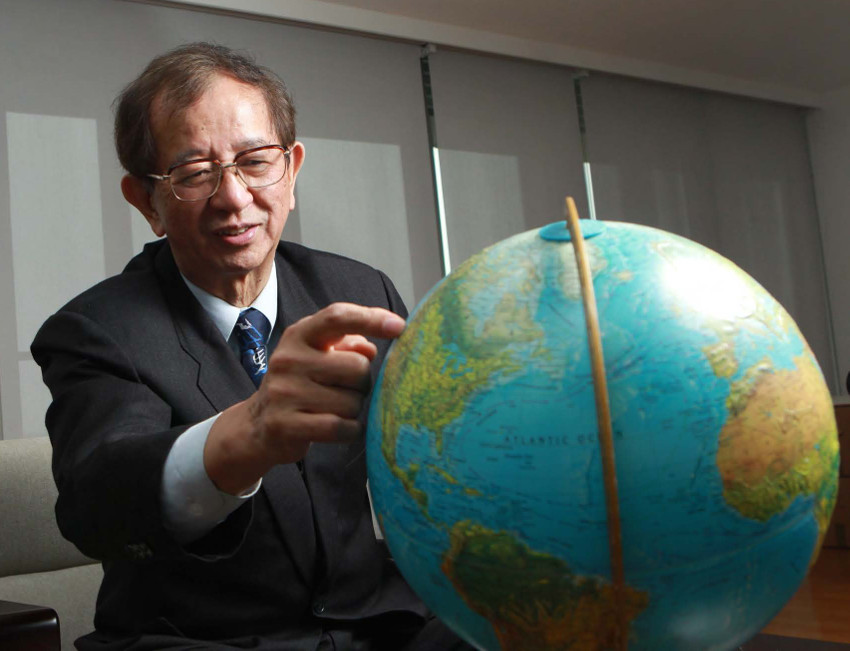 Lee: In order to fulfil the sustainable development goals, science will be extremely important, and this importance should be stressed in the preface. The programme of Future Earth [a 10-year international research initiative focused on environmental change and sustainability] will hopefully make important contributions in this area.
Lee: In order to fulfil the sustainable development goals, science will be extremely important, and this importance should be stressed in the preface. The programme of Future Earth [a 10-year international research initiative focused on environmental change and sustainability] will hopefully make important contributions in this area.
Omar: Yes, science is represented in the SDGs, which tackle climate change and its impacts, conserve ecosystems and resources, promote alternative sources of energy and water management etc. The SDGs also call for international collaboration and access to science, technology and innovation and enhances knowledge- sharing and environmentally sound technologies.
Juma: It is alarming that the role of science and technology in the SDGs was an afterthought. This is disappointing considering that scientific input was a major part of the preparations for the Rio Conference in 1992. Agenda 21, which arose from the conference, had three chapters devoted to science, technology and education. This was in addition to references to science in nearly all the substantive chapters. It can be argued the United Nations had more foresight on the role of science and technology in sustainable development in 1992 than is evident in the sprawling list of items under the SDGs.
Singer: SDGs are framed primarily as overcoming challenges. Science contributes to the solutions. (These are sometimes called ‘means of implementation’.) So it’s a bit too soon to know. I hope science will play a big role in the solutions. If it doesn’t, the challenges cannot be solved.
Given the current draft list of sustainable development goals, do you think anything is over- emphasized, or under-emphasized?
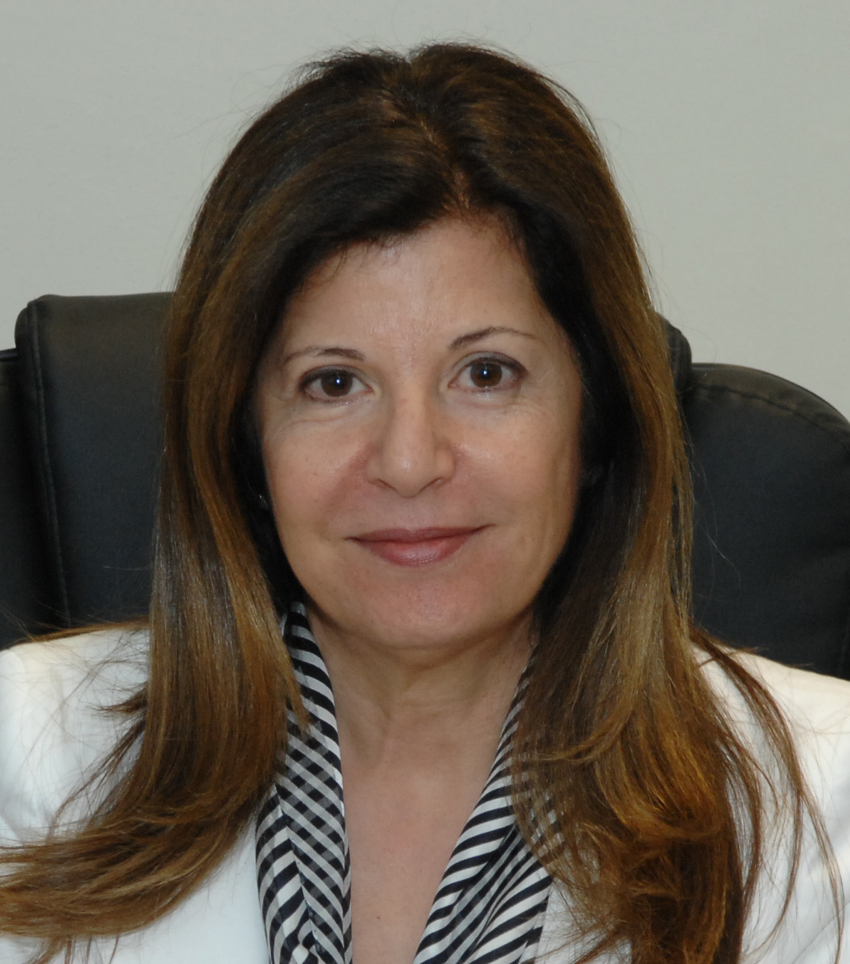 Omar: The draft is a collective effort of the major groups and stakeholders. It has been reviewed and amended by many experts with contributions from citizens. The SDGs are addressed with equal importance for their implementation.
Omar: The draft is a collective effort of the major groups and stakeholders. It has been reviewed and amended by many experts with contributions from citizens. The SDGs are addressed with equal importance for their implementation.
Juma: The structure of the draft does not lend itself to systematic consideration of the role of science and technology. It is an ensemble of ideas and not a visionary document that reflects contemporary development and the significance of science and development in the new millennium.
Singer: There are too many goals and targets. With 17 goals and 169 targets, it’s hard to see how the world can focus and how those who are tackling these targets can inspire, finance, execute. We need to identify interacting clusters of targets to focus on, and these are sometimes across goals. For example, if one is interested in improving the welfare of girls, this appears under many goals.
Lee: The beautiful goals we would like to reach seem clear; however, the way to get there is under-emphasized. The urgency of tackling climate change is also under-emphasized. Goal 13 [Take urgent action to combat climate change and its impacts] should be elevated up the list. Without tackling climate change, the progress we make on hunger, poverty and so on will be severely compromised.
Should emerging nations – such as China, South Africa, Brazil – which have generated quite a bit of wealth in the past 15 years, have obligations to support the Least Developed Countries (LDCs)?
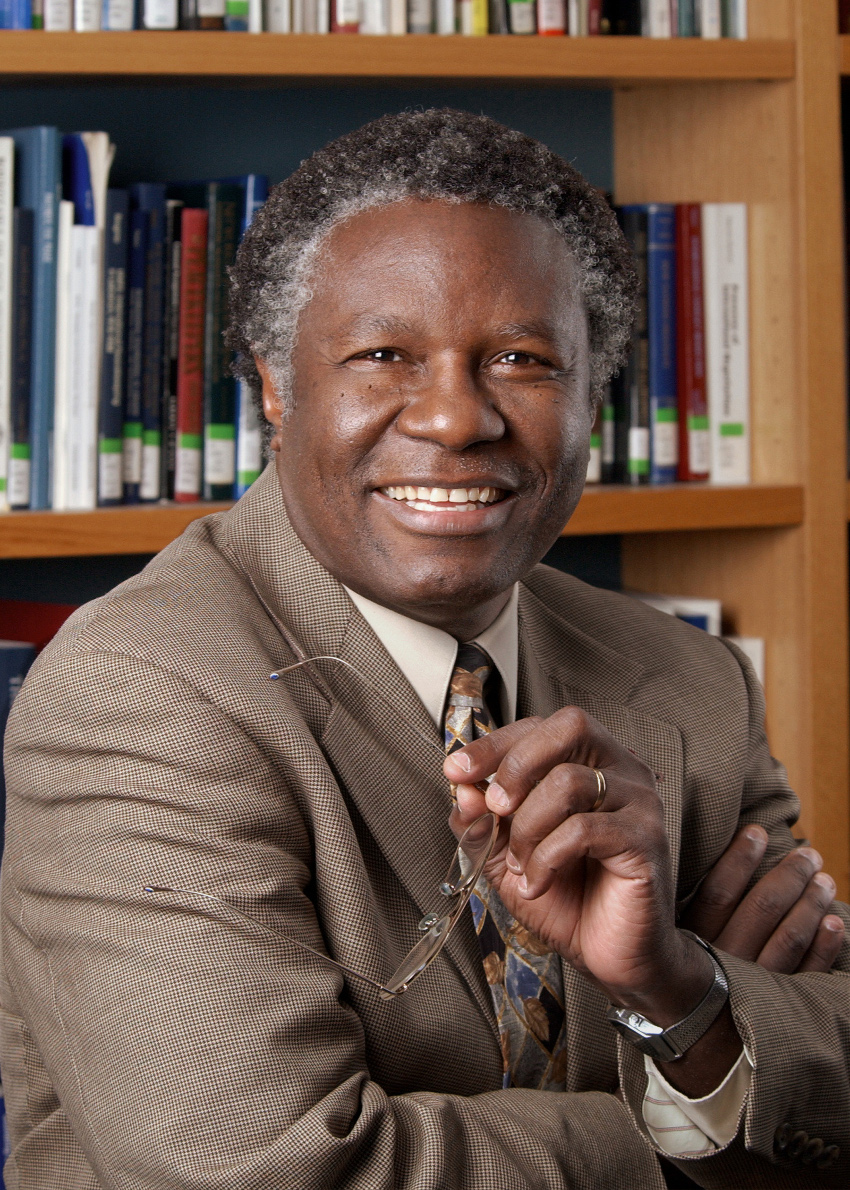 Singer: Yes, I think these South- to-South connections in science, technology and innovation are a win- win for LDCs, emerging nations and the world. But we need to all do it together. I am pleased emerging countries are strong proponents of the Grand Challenges approach to innovation, which is at its core a governance mechanism to work together to use the power of innovation to solve global challenges.
Singer: Yes, I think these South- to-South connections in science, technology and innovation are a win- win for LDCs, emerging nations and the world. But we need to all do it together. I am pleased emerging countries are strong proponents of the Grand Challenges approach to innovation, which is at its core a governance mechanism to work together to use the power of innovation to solve global challenges.
Lee: It is not appropriate to place particular obligation on a few nations that have emerged economically in the past 15 years. The problems we are facing are global, and so our approach should be global as well. The developed nations – or as I like to call them, “over-developed nations” – have just as much obligation. But the obligation should go beyond supporting the developing nations with money and technology. The obligation is to fundamentally transform the way human societies develop.
Juma: I do not think countries have obligations to support others. They do so given their strategic interests. Science and technology provides new opportunities for diplomatic cooperation between nations irrespective of their stage of development. Science is a universal language and opportunities for cooperation are driven by mutual interests in areas such as health, food security, environmental management and international security. These are also science-based issues. In the future, science and technology will drive international diplomacy just as much as international cooperation will shape science and technology.
Omar: The world at large has obligations towards sustaining the human race and the planet Earth. Wealthy nations should support poor nations to achieve the SDGs.
Should you pick just one goal, which one would it be?
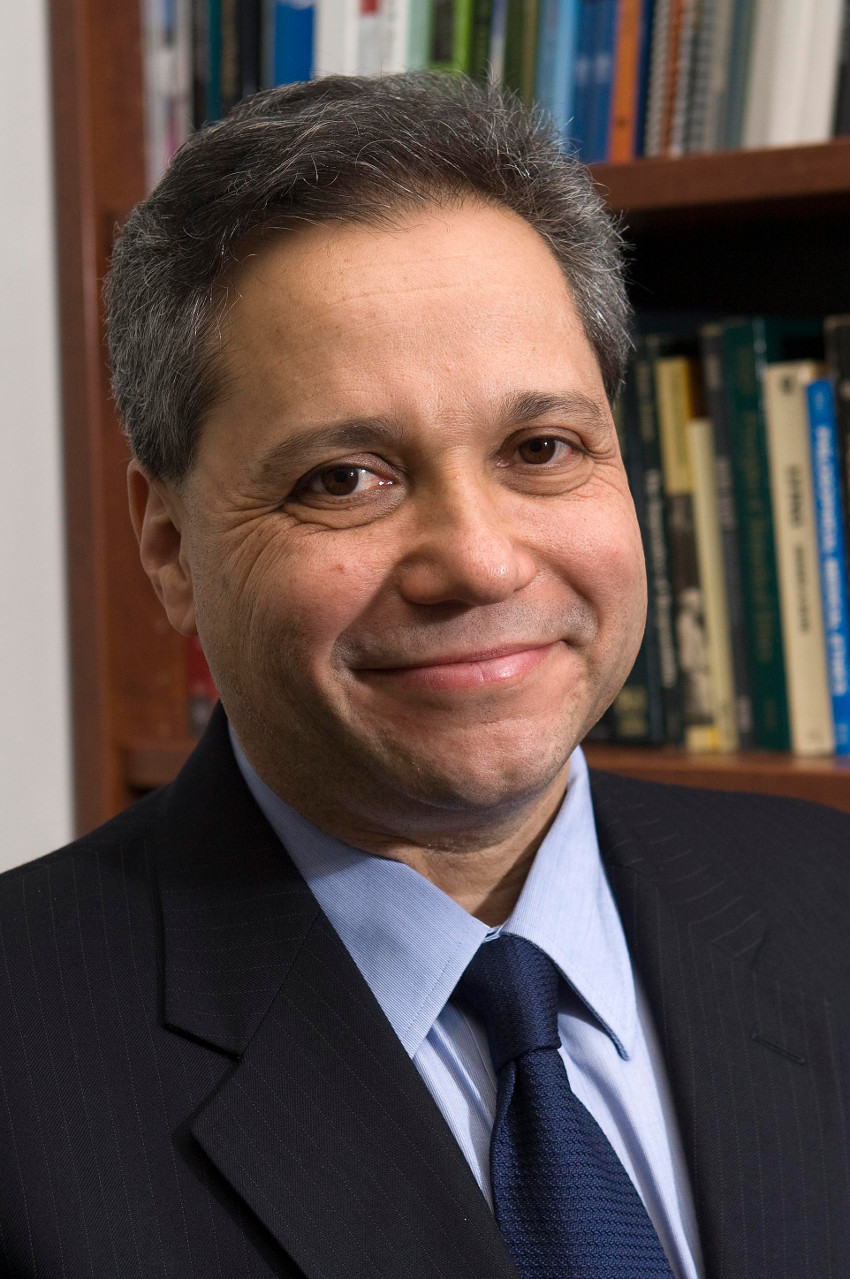 Omar: I would choose Goal 8: Promote sustained, inclusive and sustainable economic growth, full and productive employment and decent work for all. This goal covers some aspects of sustainable development such as human rights, equality, justice, economy and environment.
Omar: I would choose Goal 8: Promote sustained, inclusive and sustainable economic growth, full and productive employment and decent work for all. This goal covers some aspects of sustainable development such as human rights, equality, justice, economy and environment.
Lee: That would be Goal 13 [Take urgent action to combat climate change and its impacts] on climate change. As I mentioned above, if we do not solve the climate change issue, any progress on other fronts will be severely compromised.
Juma: One of the most important developments in the new millennium is understanding the world as a complex network of interactions. This worldview precludes the traditional assumption that the world can be shaped by single interventions. It is the interactions that matter, not the parts in the system. This reductionist approach should be left to the barren scribbling of economistic models and does not apply to the real world.
Singer: For me there is no grander challenge than child development. Recent evidence shows the first 1,000 days of life shape a child’s lifetime. Risks such as malnutrition, vaccine-preventable diseases, lack of responsive parenting and stimulation, child abuse and neglect degrade a nation’s human capital, lower gross domestic product, increase violence and disease. The return on investment to address these risk factors is huge. The challenge of child development is segmented across many SDGs. I would like to see a concerted approach as we argued recently in Science.
SDGs address issues that call for carefulness about local habits and beliefs. How may we face these needs in a respectful way?
Juma: The age of grand global strategies is over. Answers to some of the most pressing global challenges will be solved through local experimentation. To do this effectively will require considerable attention to building local scientific and technological capabilities. There are no alternatives to respecting the knowledge imperative.
Lee: The transformation towards sustainability should be a bottom-up process. It means that the SDGs should allow for different ways of achieving the goals. The way to transform into sustainable society will vary in different regions, countries and localities. The SDGs should also respect not just local habits and beliefs, but local heritage and environments as well.
Omar: Nations must build up institutional capacity to achieve the SDGs as well as enhance public awareness through education and media. Networking is also important and involvement of stakeholders and communities at large will lead to making changes in habits and beliefs.
Singer: In the long term, people have to solve their own problems. I am pleased to say that at Grand Challenges Canada, which is funded by the Government of Canada, about 2/3 of our funds support innovators and institutions in low- and middle-income countries.
What is your favourite goal and how should it be addressed for successful results?
Lee: That would be Goal 17: Strengthen the means of implementation and revitalize the global partnership for sustainable development. But I would like to see it framed in a different way: we should move away from nation- based solutions, and instead towards truly global solutions, in which national boundaries do not matter as much. Here I would like to quote a statement from the Sustainable Development Solutions Network: “Human-induced climate change is an issue beyond politics. It transcends parties, nations, and even generations. For the first time in human history, the very health of the planet, and therefore the bases for future economic development, the end of poverty, and human wellbeing, are in the balance. If we were facing an imminent threat from beyond Earth, there is no doubt that humanity would immediately unite in common cause. The fact that the threat comes from within – indeed from ourselves – and that it develops over an extended period of time does not alter the urgency of cooperation and decisive action.”
Singer: My favourite domain is maternal, newborn and child health which has targets across goals. Without protecting our mothers and children, our world cannot reach its full potential. I am proud that the Government of Canada, with personal commitment and leadership from our Prime Minister, has been such a leader on maternal, newborn and child health.
Juma: I do not think of goals in isolation. I think of specific problems. I have been working mostly on agricultural innovation in Africa. To address this issue requires a wide range of inputs cutting across the various goals. I take a systems approach to the issue and reject attempts to reduce complex problems to single factors.
Omar: My favourite Goal is 15: Protect, restore and promote sustainable use of terrestrial ecosystems...halt and reverse land degradation and halt biodiversity loss. It can be addressed by supporting large-scale restoration programs, involving stakeholders and communities in conservation of biodiversity, providing alternative sources of energy and water (e.g., recycled water for irrigation) and designating protected areas for conservation of nature.
Cristina Serra

